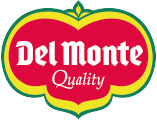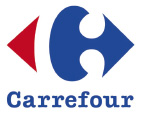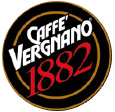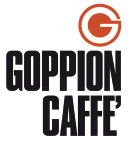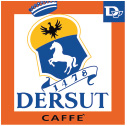3 revolutionary alternatives in the world of packaging
A threat hangs on our planet. And it depends mainly on the excessive use of polluting materials that we have been doing in recent years.

The urgency of using less and less plastic is pushing companies to take action, designing innovative and revolutionary packaging.
The new frontiers of packaging The holidays are closer and back that time of year when 64% of the packaging used is disposable and, in most cases, are abandoned on the beaches. The technologies at our disposal allow us to make the best use of every material, even food products: using them, completely organic and biodegradable alternatives have been produced. Here are the 3 innovative materials that are the basis of modern packaging.
1) Milk
The first to conceive this type of edible packaging were the researchers of the US Department of Agriculture. Their food film is made from milk proteins (mainly from casein). Using it can greatly reduce the volume of non-biodegradable waste, such as plastics, and products can be stored even more efficiently, while at the same time safeguarding the health of consumers. Tomasula and Bonnaillie, two of the researchers who designed this alternative packaging, said that the product is able to block oxygen up to 500 times more than traditional packaging. In other words, products on our shelves will last significantly longer, minimizing food waste.
2) The algae
This type of packaging was used for the first time in the 90s. At that time, the algae infested the Venice Lagoon and we looked for alternative ways to use them, safeguarding the beauty of our territory. Today we also use other species, such as Agar, a red seaweed, edible and easily available. Packagings made of algae can be modeled and have a minimal environmental impact, so much so that they can be dissolved in hot water. The package is odorless and tasteless, even if it is rich in nutrients (especially fibers, vitamins and minerals). The product can be of 2 types:
- Biodegradable: in this case it is a product that contains non-food products, such as cosmetics.
- Food grade: unlike biodegradable packaging, edible algae packaging is used to wrap food.
3) Food waste
Food waste from agro-industrial processing can be used to create innovative ecological papers and films. Among the waste used there are those of corn, citrus, kiwi, olives, almonds, hazelnuts, coffee. The papers produced with scraps significantly reduce cellulose wastage while the films are largely water-soluble: in particular, those based on gelatine can be eliminated simply by washing the food before eating them. Changing course is possible: this is who has already done it The 6-ring plastic that binds beer cans together is one of the most often found waste at sea and ends up suffocating turtles, fish and birds. For this reason, an American company that brews beer has chosen to produce them using wheat and barley waste. Their innovative packaging melts in water, guaranteeing food and survival for marine animals.

